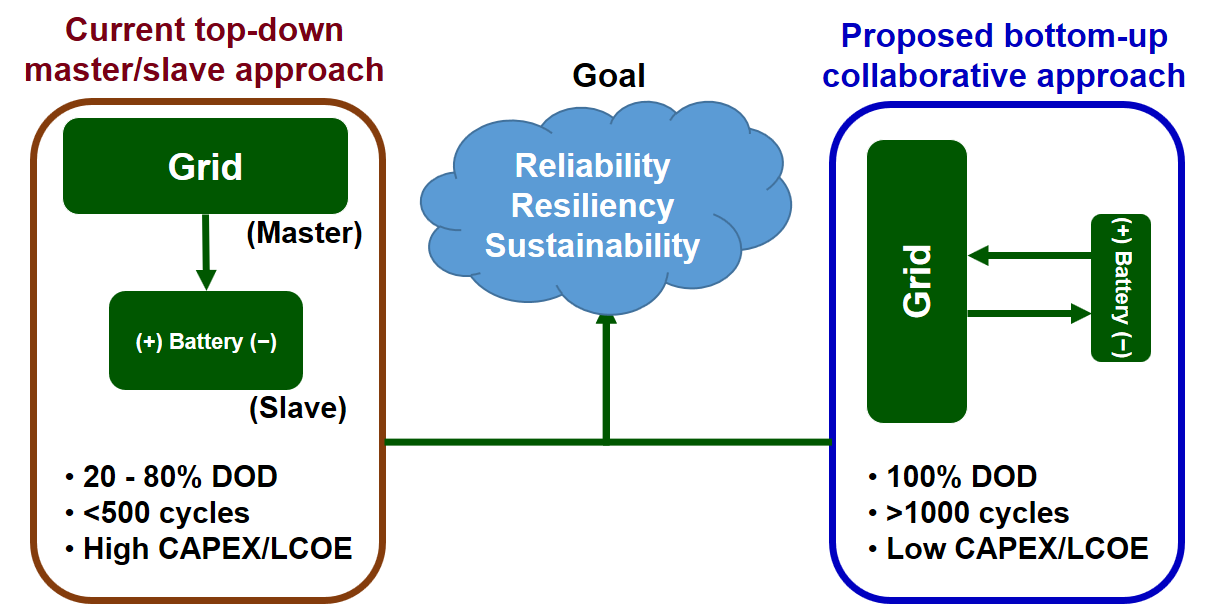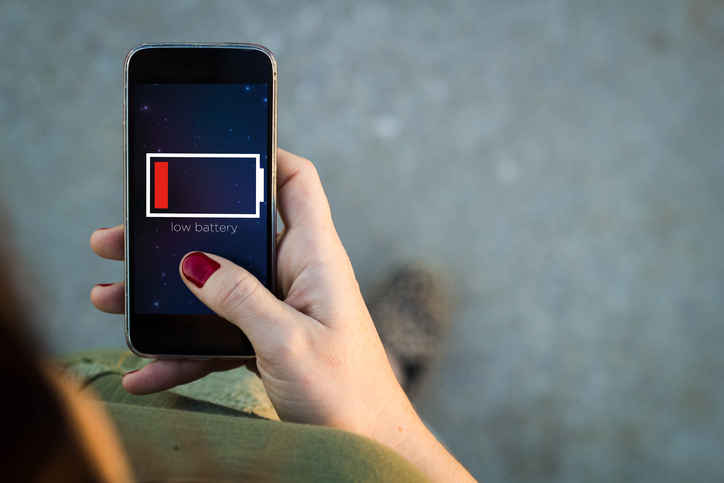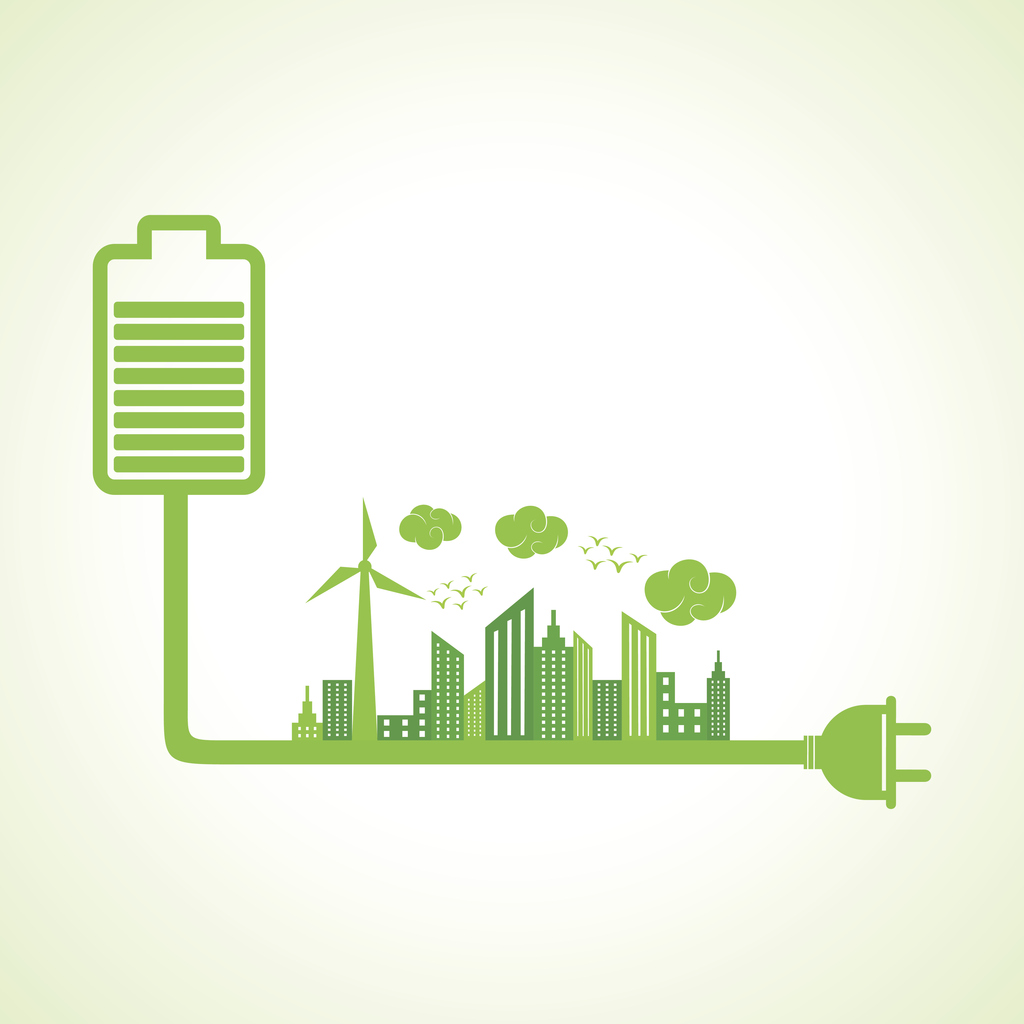 Taking a detailed look inside energy storage systems could help solve potential issues before they arise. A team of researchers from Brookhaven National Laboratory are doing just that by imaging the inner workings of a sodium-metal sulfide battery, leading them to understand the cause of degraded performance.
Taking a detailed look inside energy storage systems could help solve potential issues before they arise. A team of researchers from Brookhaven National Laboratory are doing just that by imaging the inner workings of a sodium-metal sulfide battery, leading them to understand the cause of degraded performance.
“We discovered that the loss in battery capacity is largely the result of sodium ions entering and leaving iron sulfide—the battery electrode material we studied—during the first charge/discharge cycle,” says Jun Wang, co-author of the study. “The electrochemical reactions involved cause irreversible changes in the microstructure and chemical composition of iron sulfide, which has a high theoretical energy density. By identifying the underlying mechanism limiting its performance, we seek to improve its real energy density.”
Performance degradation in charge/discharge cycles has been the main problem researchers encounter when pursuing sodium-ion battery research. While the battery’s performance points to degradation issues, not much was previously known about what caused this degradation.


 A team of researchers from Texas A&M University is looking to take the negative impact of excessive levels of carbon dioxide in the atmosphere and turn it into a positive with renewable hydrocarbon fuels.
A team of researchers from Texas A&M University is looking to take the negative impact of excessive levels of carbon dioxide in the atmosphere and turn it into a positive with renewable hydrocarbon fuels.

 Researchers from Oregon State university have developed the first battery that uses only hydronium ions as the charge carrier, which the team believes could yield promising results for the future of sustainable energy storage.
Researchers from Oregon State university have developed the first battery that uses only hydronium ions as the charge carrier, which the team believes could yield promising results for the future of sustainable energy storage.
 A new paper published in the Journal of The Electrochemical Society, “
A new paper published in the Journal of The Electrochemical Society, “ In an effort to develop an eco-friendly battery, researchers from Ulsan National Institute of Science and Technology (UNIST) have created a battery that can store and produce electricity by using seawater.
In an effort to develop an eco-friendly battery, researchers from Ulsan National Institute of Science and Technology (UNIST) have created a battery that can store and produce electricity by using seawater. A new study published in the
A new study published in the